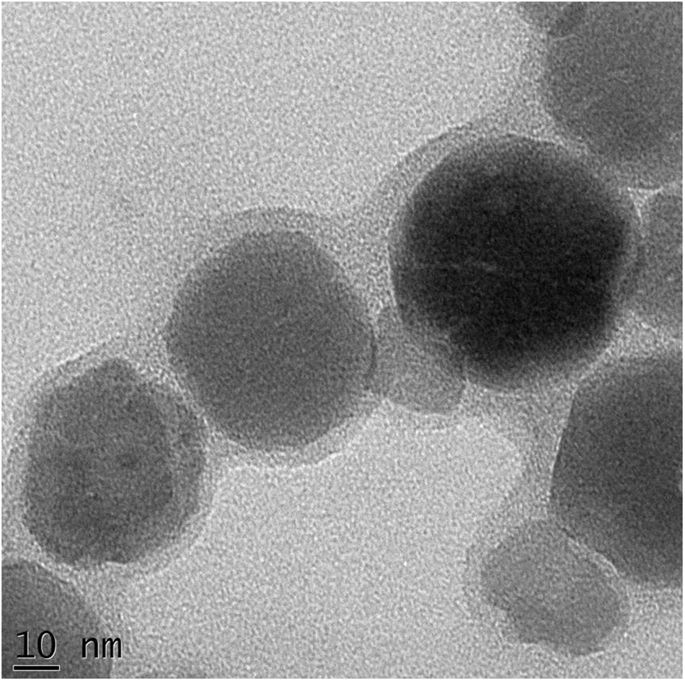npj Clean Water ( IF 10.4 ) Pub Date : 2018-04-26 , DOI: 10.1038/s41545-018-0001-2 Jobin John Jacob , R. Varalakshmi , S. Gargi , M. A. Jayasri , K. Suthindhiran

|
Heavy metal contamination of surface water bodies and ground water has been a major problem around the world. Calcium-based adsorbents are effective but cannot be separated easily after the treatment. Magnetosomes are biogenic magnetite synthesised as highly ordered chain-like structures by magnetotactic bacteria. In this study, we have prepared magnetically controlled calcite microcrystals using magnetosomes for the adsorption experiment. The ability of magnetic calcite as adsorbent was investigated for the removal of Cr (III) and Ni (II) ions from synthetic solution. Critical parameters, such as the effect of pH, temperature, contact time, initial ion concentration, and adsorbent dose, were optimised in comparison with calcite, magnetosomes, and activated carbon for maximum metal ion removal. The study showed that equilibrium was established in 1 h for both Cr (III) and Ni (II) at a pH of 6.0 and 8.0, respectively. The adsorption process follows pseudo-second-order reaction kinetics, along with Langmuir and Freundlich adsorption isotherms. The thermodynamics of adsorption of both metal ions on magnetic calcite showed that the adsorption was spontaneous and endothermic in nature. Magnetically controlled calcite crystals successfully removed Cr (III) and Ni (II) from collected tannery effluent and separated from the solution by applying magnetic field. Maximum removal of chromium and nickel (94 and 84%) by magnetic calcite is similar to calcite crystals but higher than magnetosomes and activated carbon. The results indicated that magnetic calcite could be used as an alternative adsorbent for removing heavy metals from tannery effluent.
中文翻译:

使用碳酸钙包被的细菌磁小体从制革厂废水中去除Cr(III)和Ni(II)
地表水体和地下水的重金属污染已成为世界范围内的主要问题。钙基吸附剂有效,但处理后不易分离。磁小体是由趋磁细菌合成为高度有序的链状结构的生物磁铁矿。在这项研究中,我们使用磁小体制备了磁控方解石微晶,用于吸附实验。研究了磁性方解石作为吸附剂从合成溶液中去除Cr(III)和Ni(II)离子的能力。与方解石,磁小体和活性炭相比,关键参数(如pH值,温度,接触时间,初始离子浓度和吸附剂量的影响)得到了优化,以最大程度地去除金属离子。研究表明,在pH值为6.0和8.0的条件下,Cr(III)和Ni(II)均在1小时内达到平衡。吸附过程遵循拟二级反应动力学,以及Langmuir和Freundlich吸附等温线。两种金属离子在方解石上的吸附热力学表明吸附是自发的并且是吸热的。磁控方解石晶体成功地从收集的制革废水中去除了Cr(III)和Ni(II),并通过施加磁场将其与溶液分离。磁性方解石对铬和镍的最大去除率(分别为94%和84%)与方解石晶体相似,但高于磁小体和活性炭。结果表明,方解石磁可以用作从制革厂废水中去除重金属的替代吸附剂。











































 京公网安备 11010802027423号
京公网安备 11010802027423号